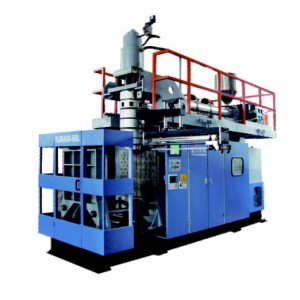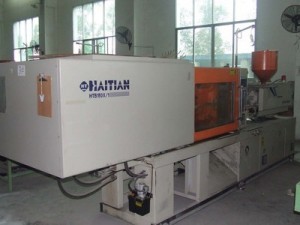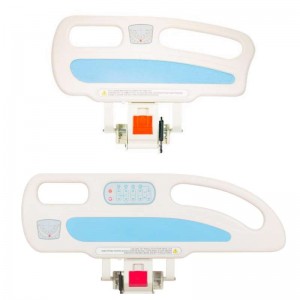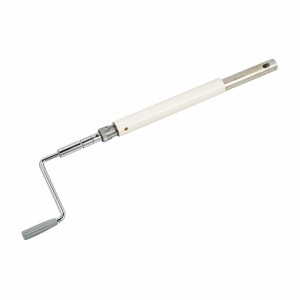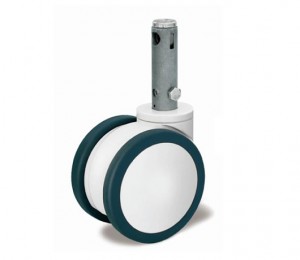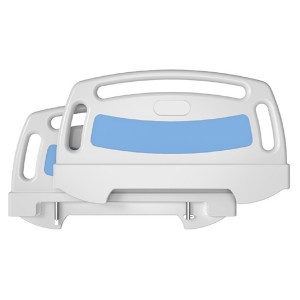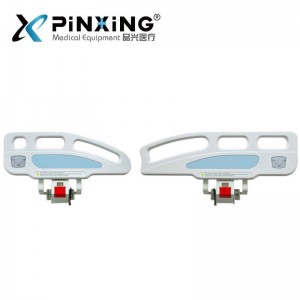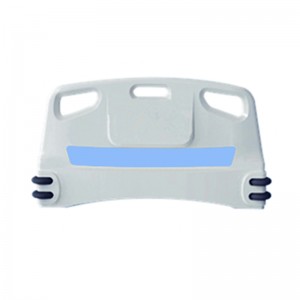Plastic Moulding And Processing Guide
Your Product’s About to Wonderful!
Choosing blow molding to bring your product to life is an excellent solution for mass-producing simple, practical designs without spending too much money. We have a talented team of trained professionals who can take your product from idea to reality. In short, we’ll work with you throughout the design and production processes to ensure that the result is a product you can be proud of.
Here Is Everything You Need to Know About Blow Molding
What is it?
This process can be used to manufacture plastic products. The process involves heating a plastic tube (known as a preform or parison) to its melting point and then putting that into the cavity of a mold.
They then use compressed air to inflate the molten plastic like a balloon so that it takes the shape of the mold but is hollow inside. The amount of plastic used and the air pressure determine the final product's thickness.
Is there a cost associated with molding?
We will impose mold fees in the following scenarios:
1. No mold fee is charged for regular products;
2. Alteration requests are made by customers based on the original products. We will charge a mold fee according to the actual situation and refund once the agreed-upon order quantity by both parties is reached;
3. Customers entrust us with the development of a new product. Those who monopolize the sales right must pay the mold fee. If customers are willing to split the sales with us, the mold cost is delivered according to the market size.
What Can You Make?
You can make just about any hollow plastic container with blow molding. Here are some commonly blow-molded products:
● Construction Barrels and Barriers
● Stadium Seating
● Hospital bed Head and Footboard
● Hospital bed Siderails
● Toys and Sporting Goods
● Watering Cans
Blow molding is also widely used in the automotive industry and makes the design and mass production of auto parts simple and cost-effective.
To sum up, blow molding has a wide variety of uses and is a great way to produce many parts inexpensively.
The Process
There are a few different types of blow molding. Their differences lie primarily in how they form the parison, the size of the parison, and how the parison moves between the molds. In the field of medical bed accessories, the most common ones are Extrusion Blow Molding (EBM).
Modern blow molding is mainly automated, producing thousands of parts quickly. The method includes the following steps:
● Plastic pellets are fed into the machine via a hopper or screw, depending on the device.
● Plastic melts and then gets shaped into a parison, which looks like a tube with a hole at one end. Clamped in place inside the mold.
● Compressed air inflates the parison.
● The heated plastic balloons fill the space of the mold.
● After the plastic cools, the machine opens the mold and removes the part, sending it to any applicable finishing.
Blow Molding Materials
Plastics that are suited for the Hospital bed accessories process are Low and High-Density Polyethylene/Polypropylene.
The wide variety of materials available for use in blow molding means that you can use the process to develop parts to fit your exact needs.
Advantages
There are many advantages to the blow molding process over other forms of plastic product manufacturing. Blow molding is a cost-effective alternative to injection molding.
Blow molding works well for products that are one single piece. It can produce objects that do not require assembly or the connecting of halves. Therefore, particularly effective for containers that need exterior threading.
Blow molding also reduces flash. Flash is the little burs or plastic bleed around seems of products. This excess plastic from production requires extra work to sand off or remove before a part can be shipped. Blow molding techniques create a little-to-no flash, resulting in quicker turnaround times for blow-molded products.
The main differences in the Product Examples between Extrusion Blow Molding and Injection Blow Molding are
Process Difference
The Extrusion Blow Moulding process comes out by parison and then blow. Whereas the Injection Blow Moulding process is by injection and blow, then eject as the final output.
Mold Cost Difference
The mold price for Extrusion Blow Molding and injection mold is a big difference.
Production Time Difference
The time for the Extrusion Blow Moulding Process is slower, whereas injection molding is faster.
Scrap / Flash Difference
More scraps with Blow Molding Products or Examples are produced using Extrusion Blow Molding.
The flexibility of Product Thickness Difference
The thickness of Extrusion Blow Moulding Products and Examples can be adjusted, but it is limited in injection molding.


